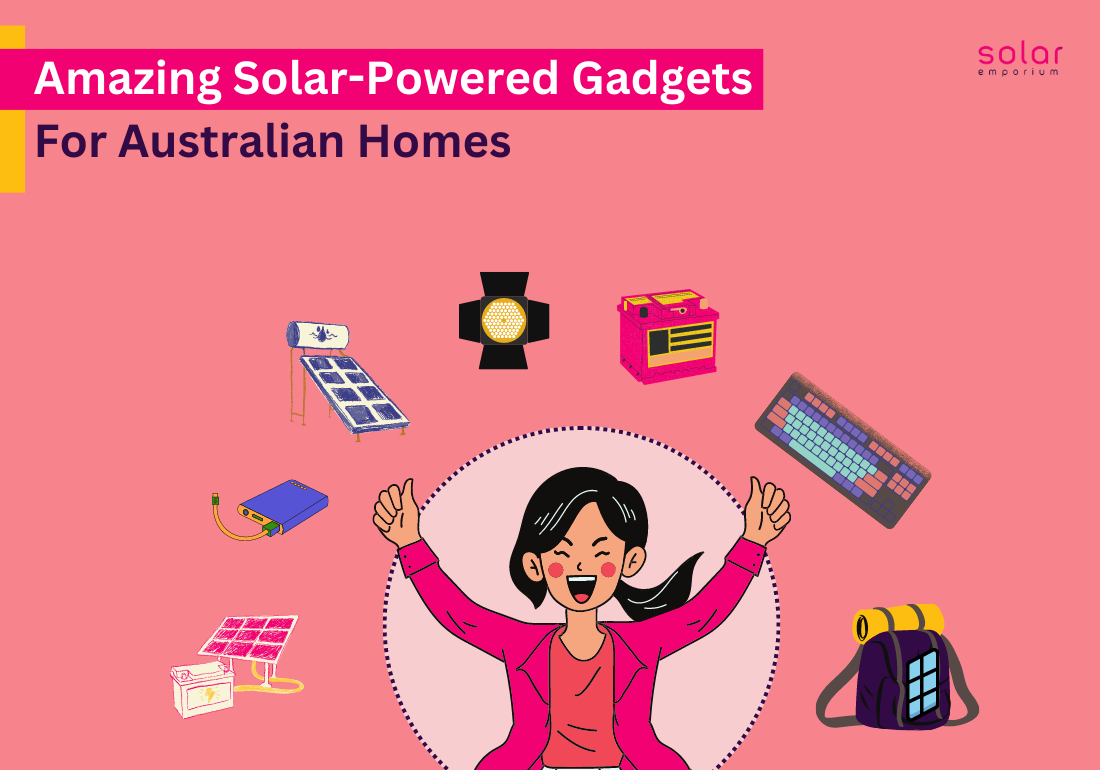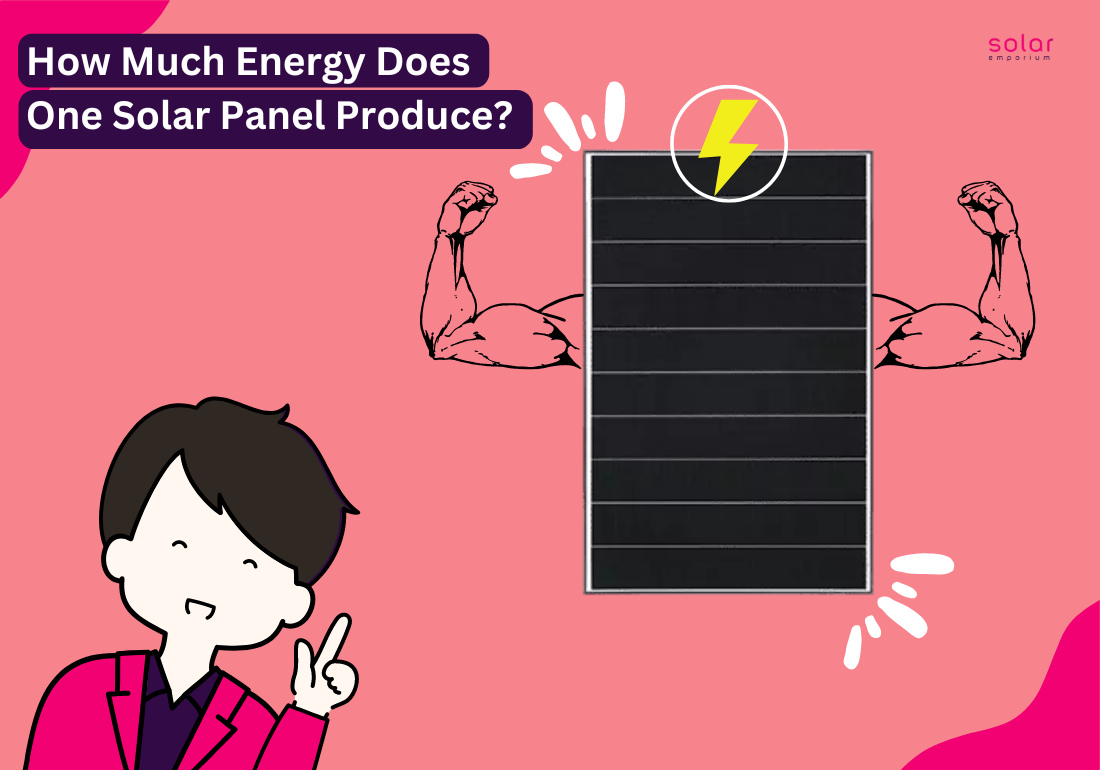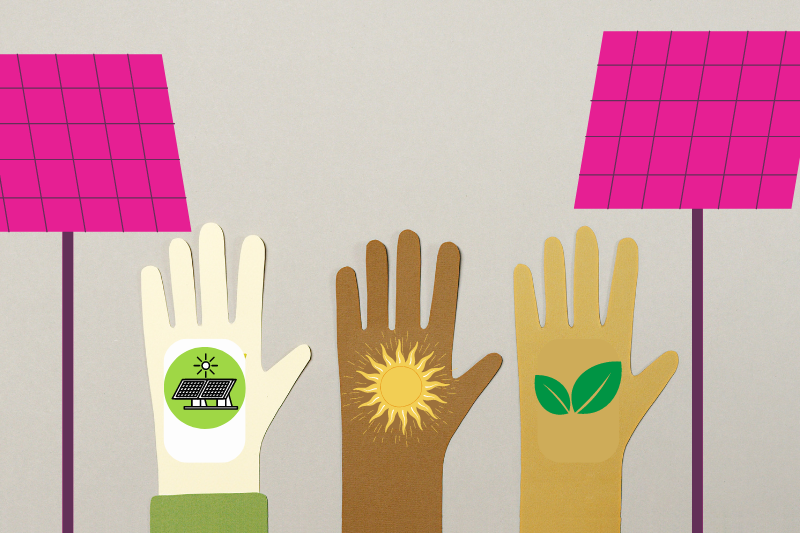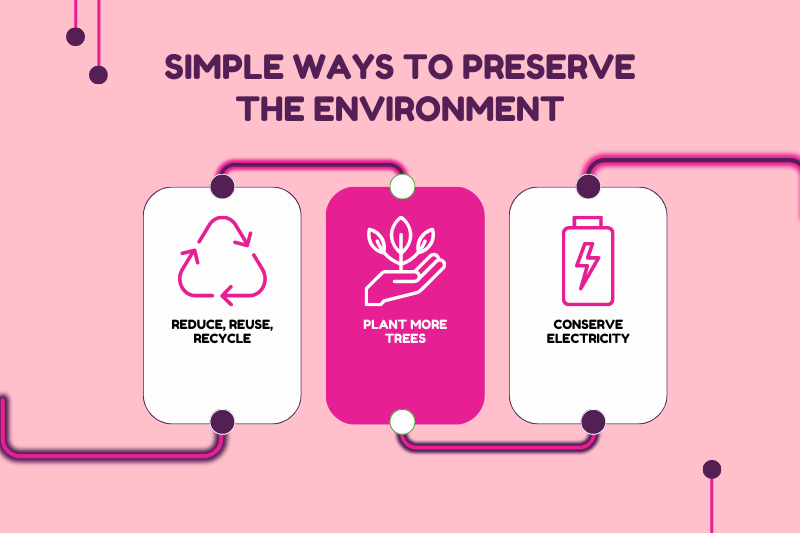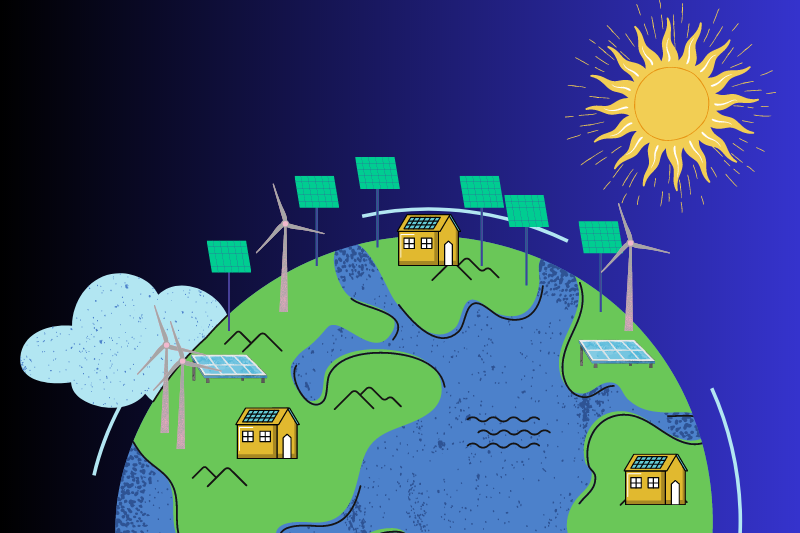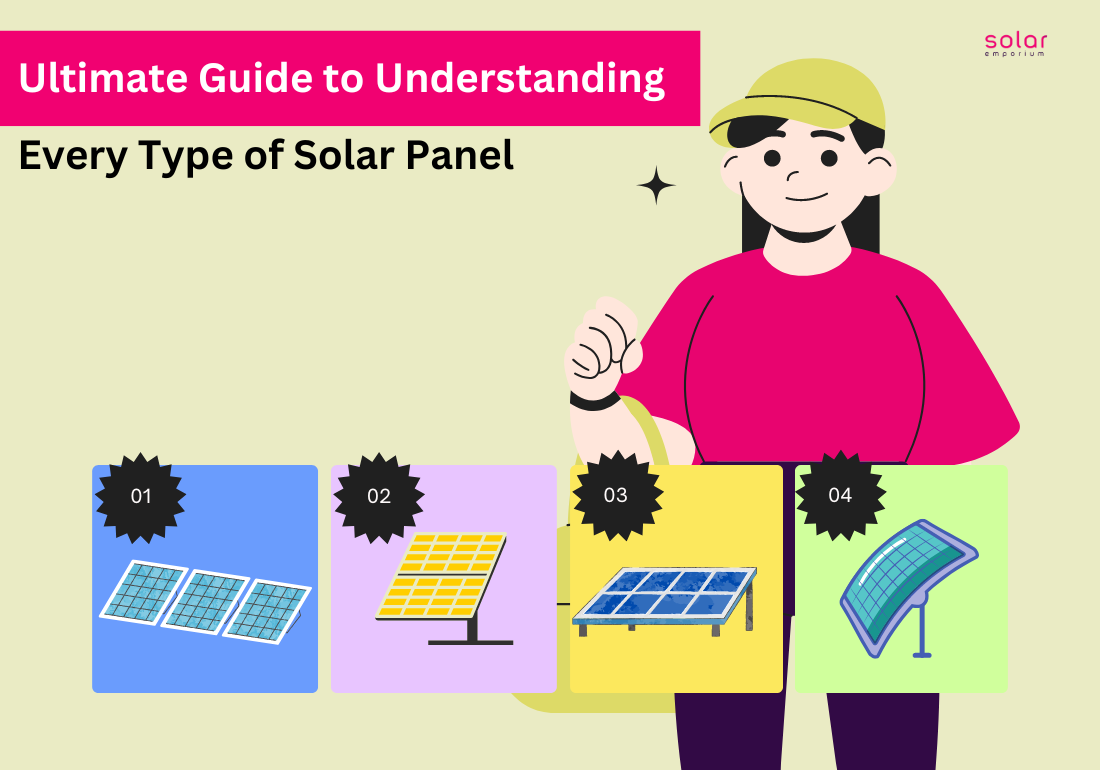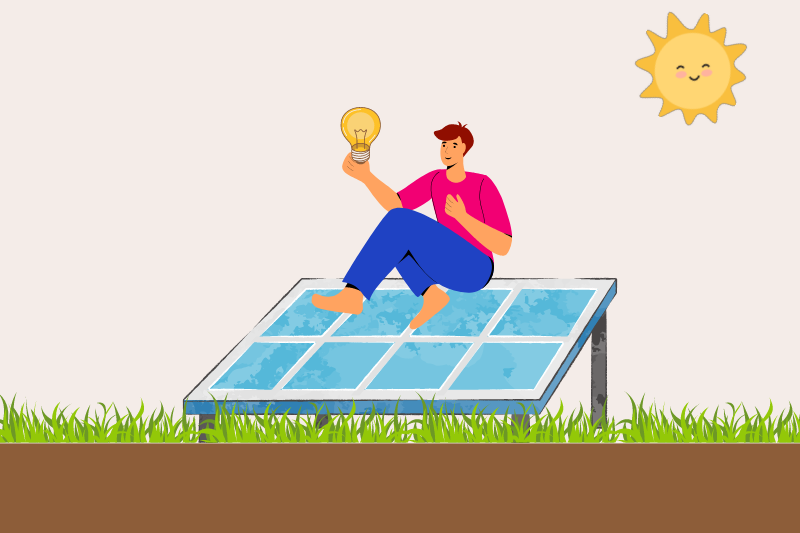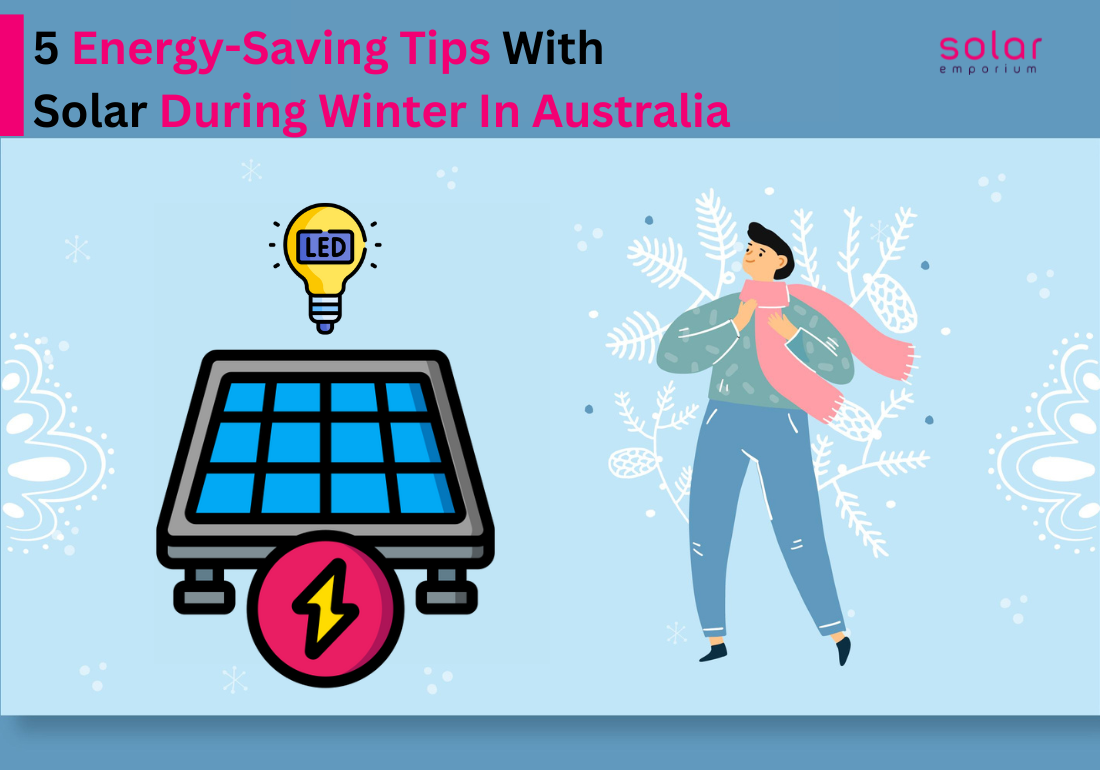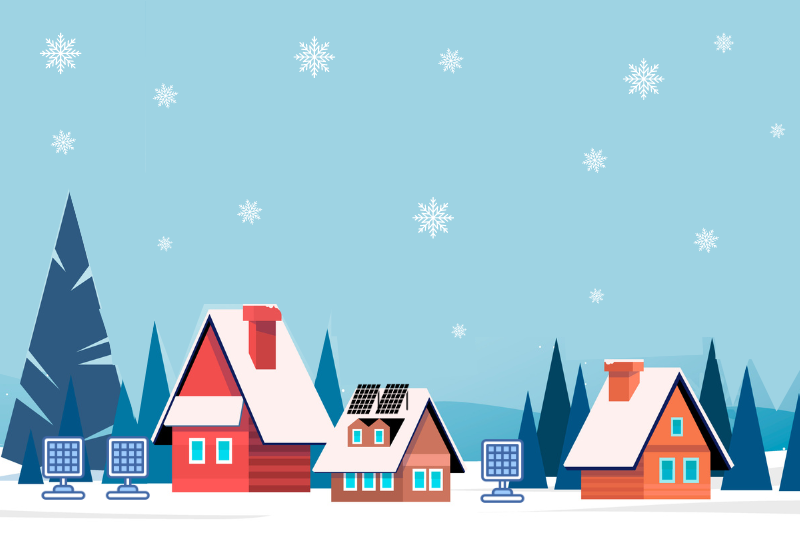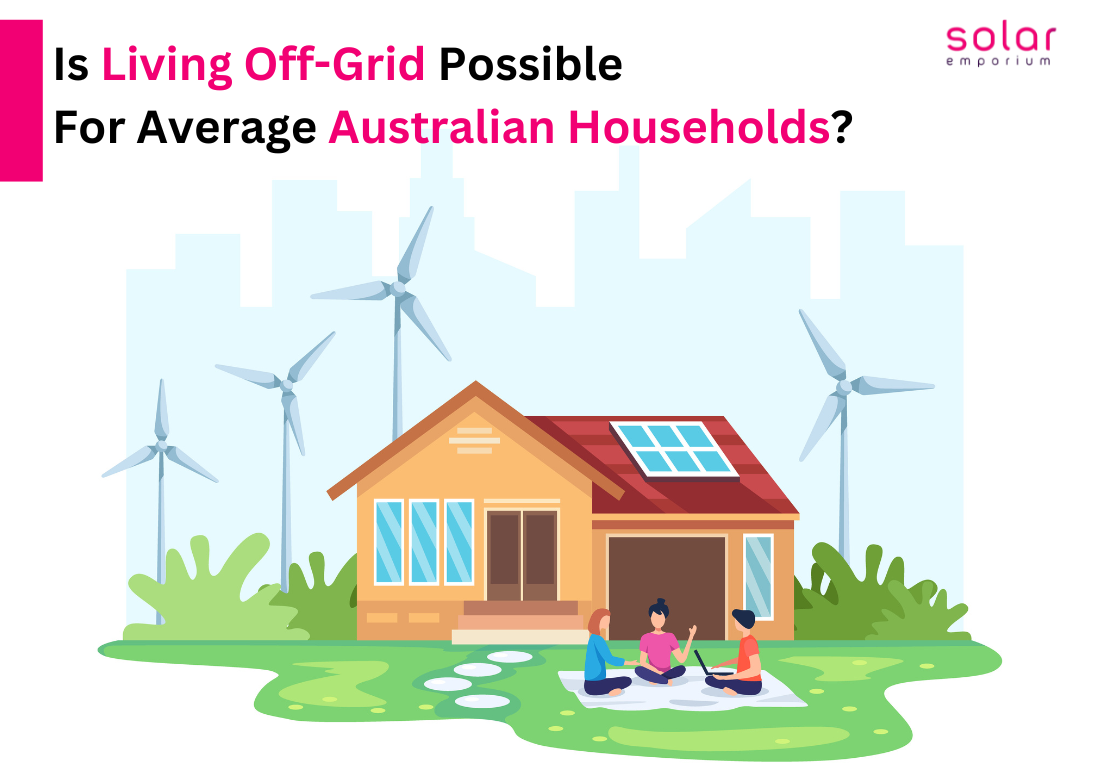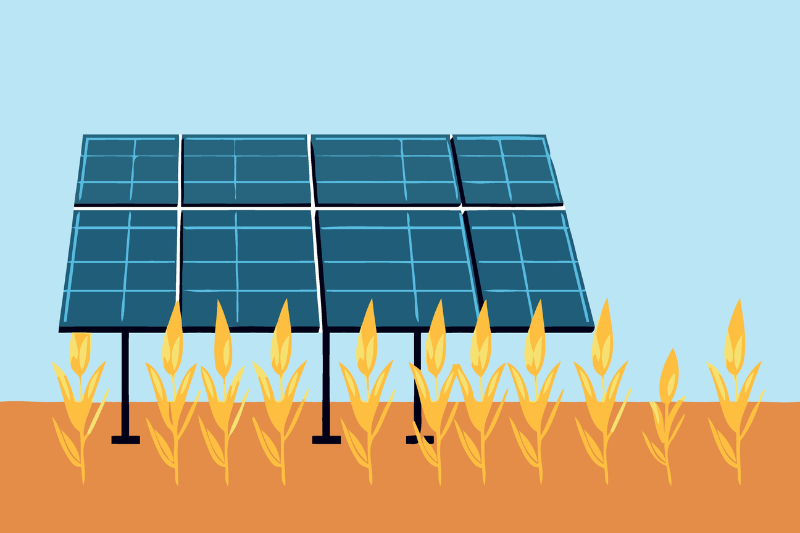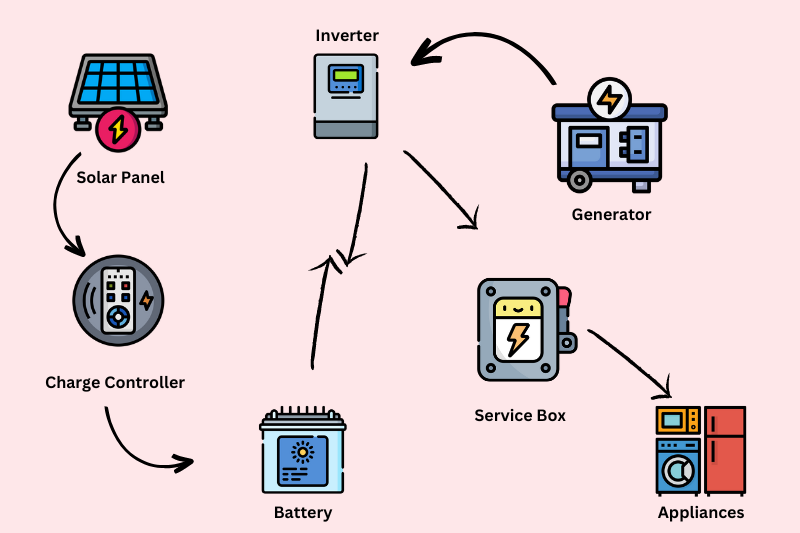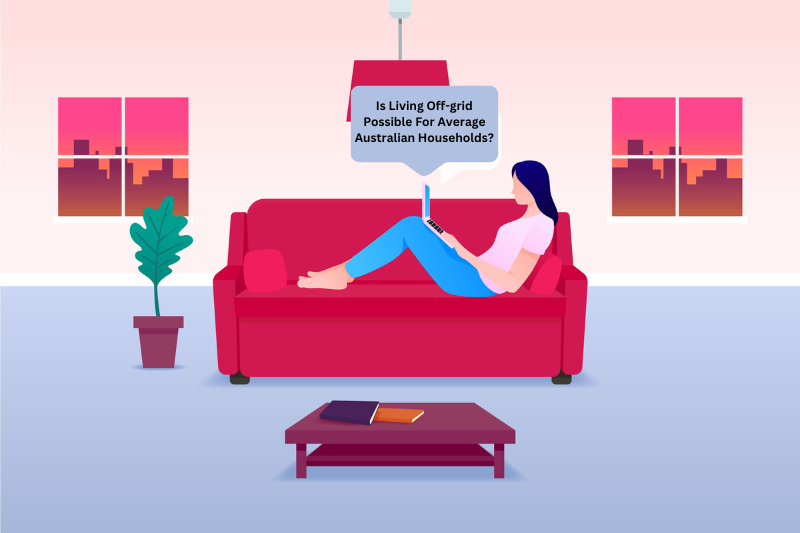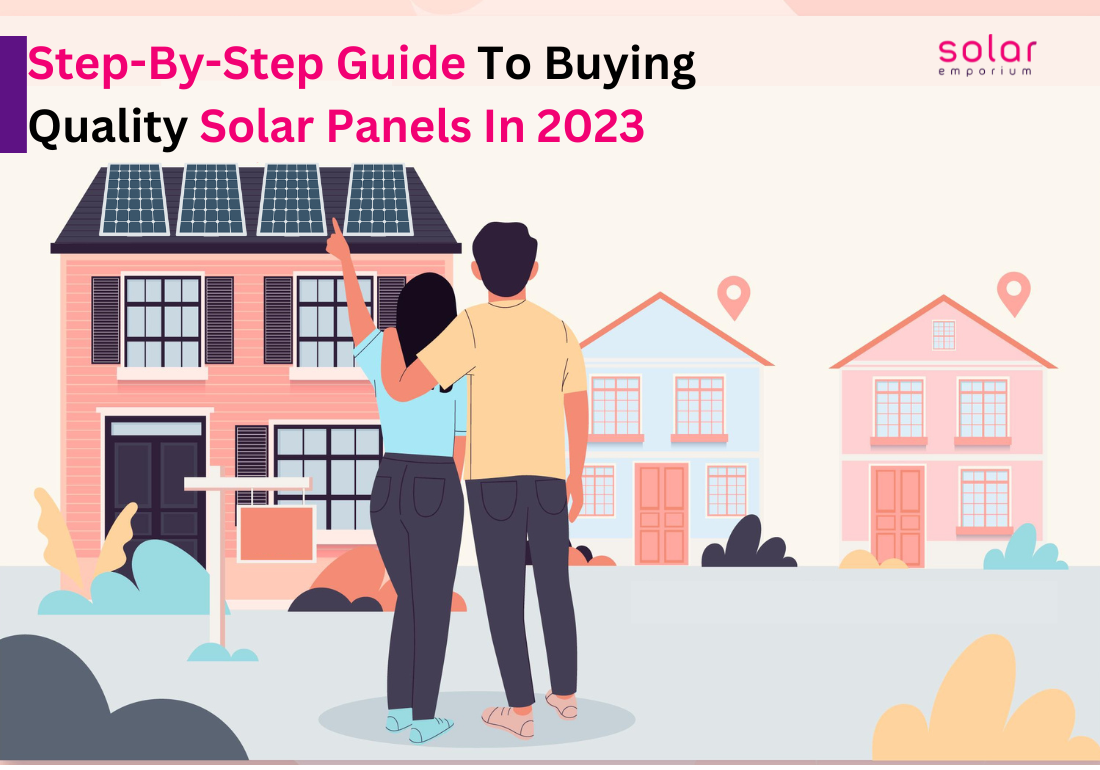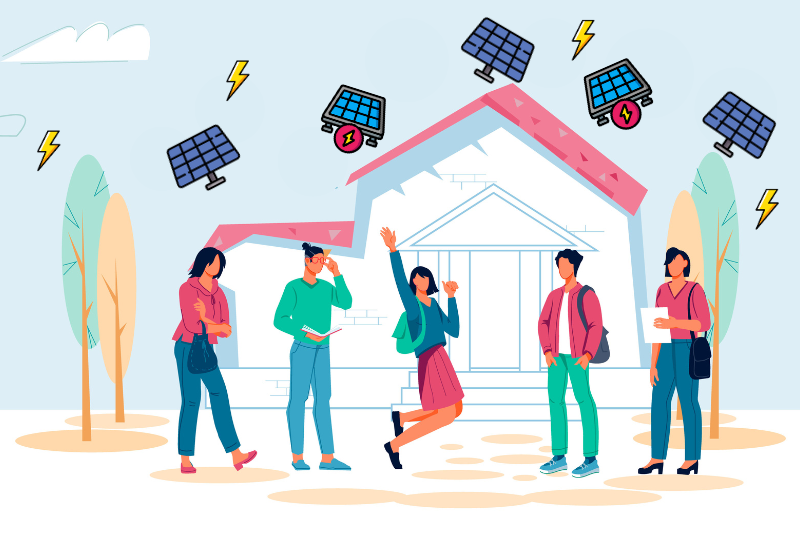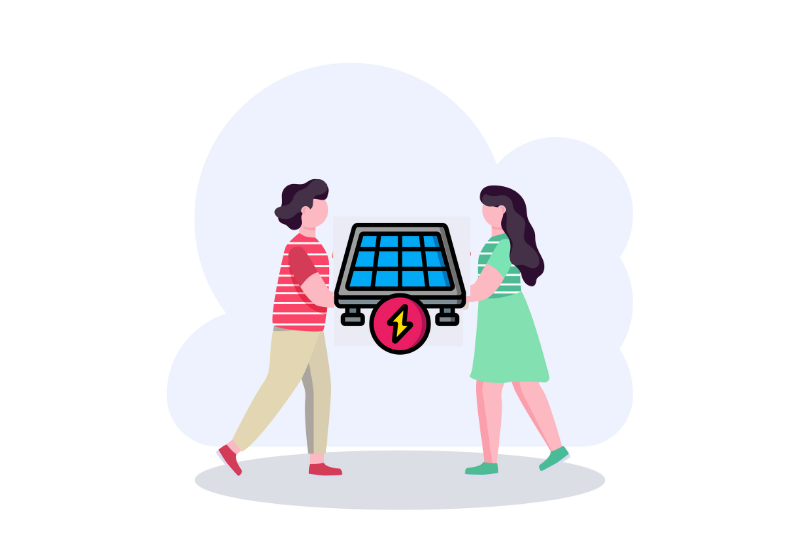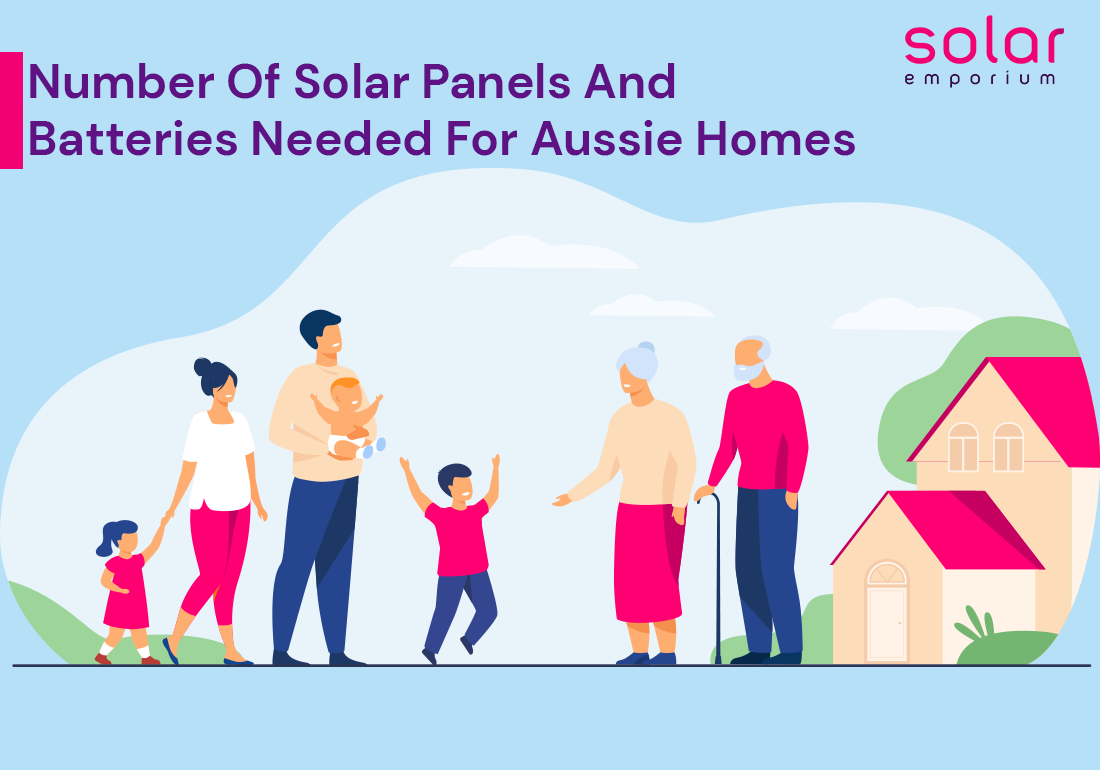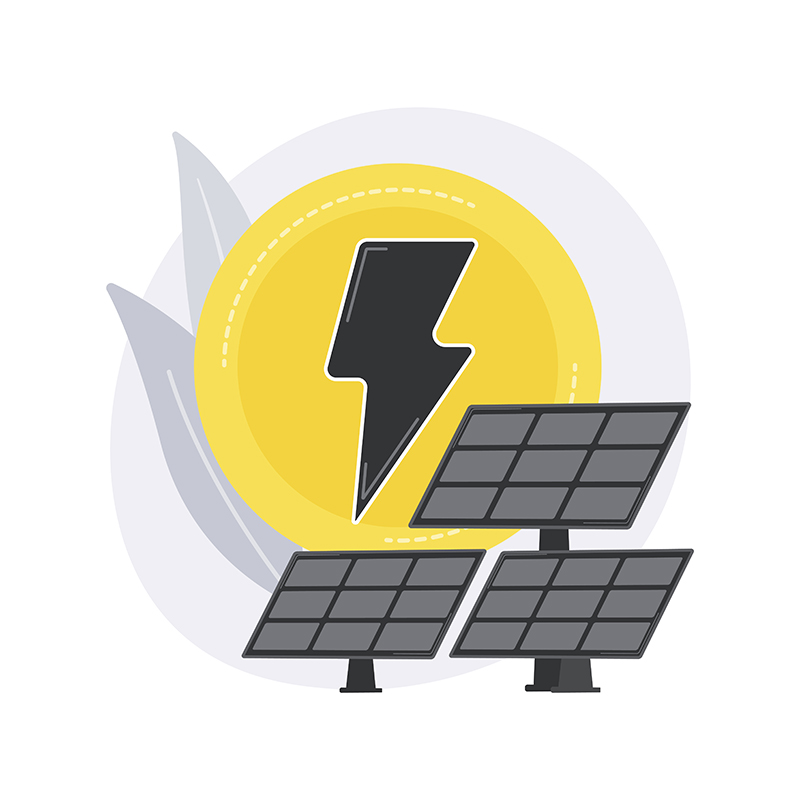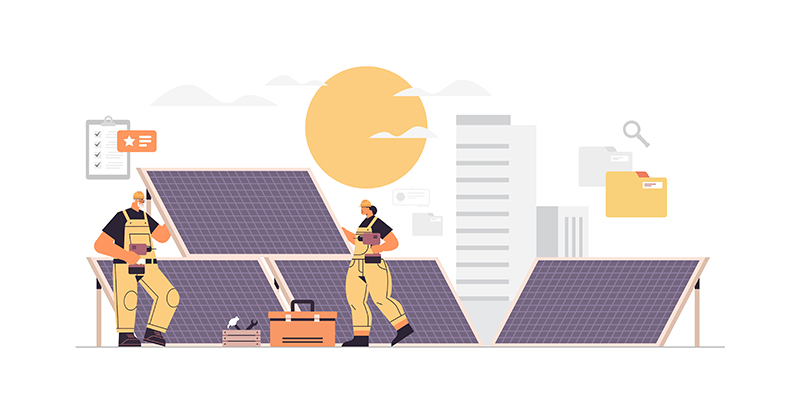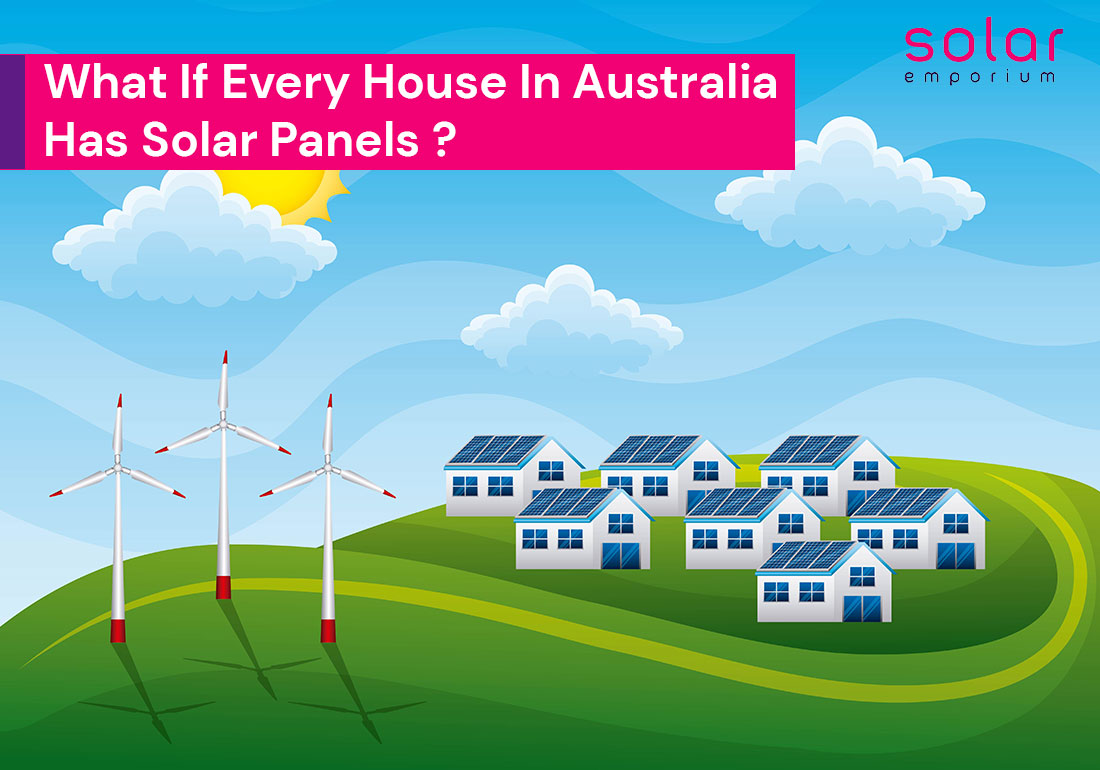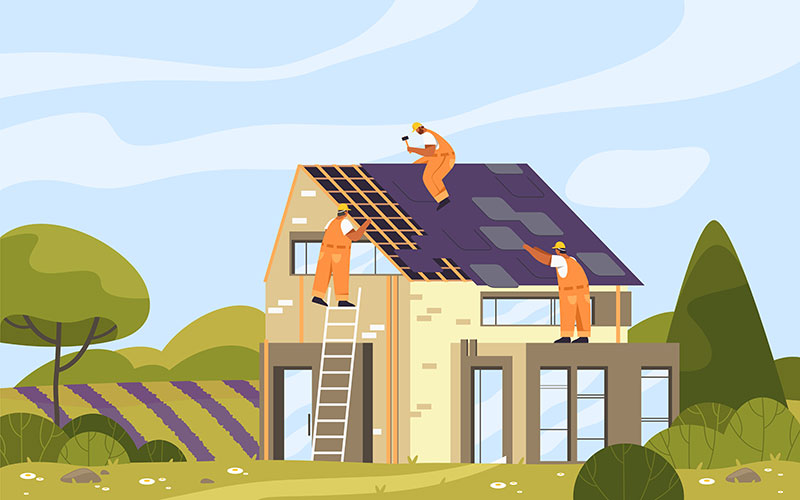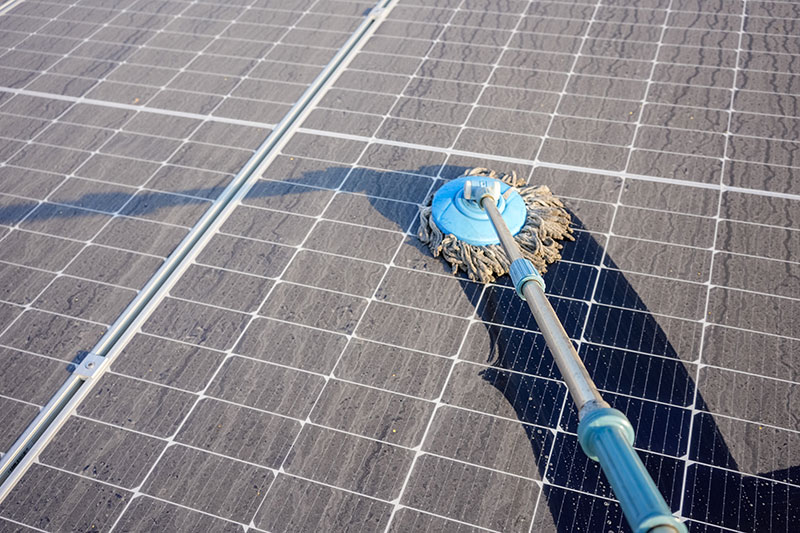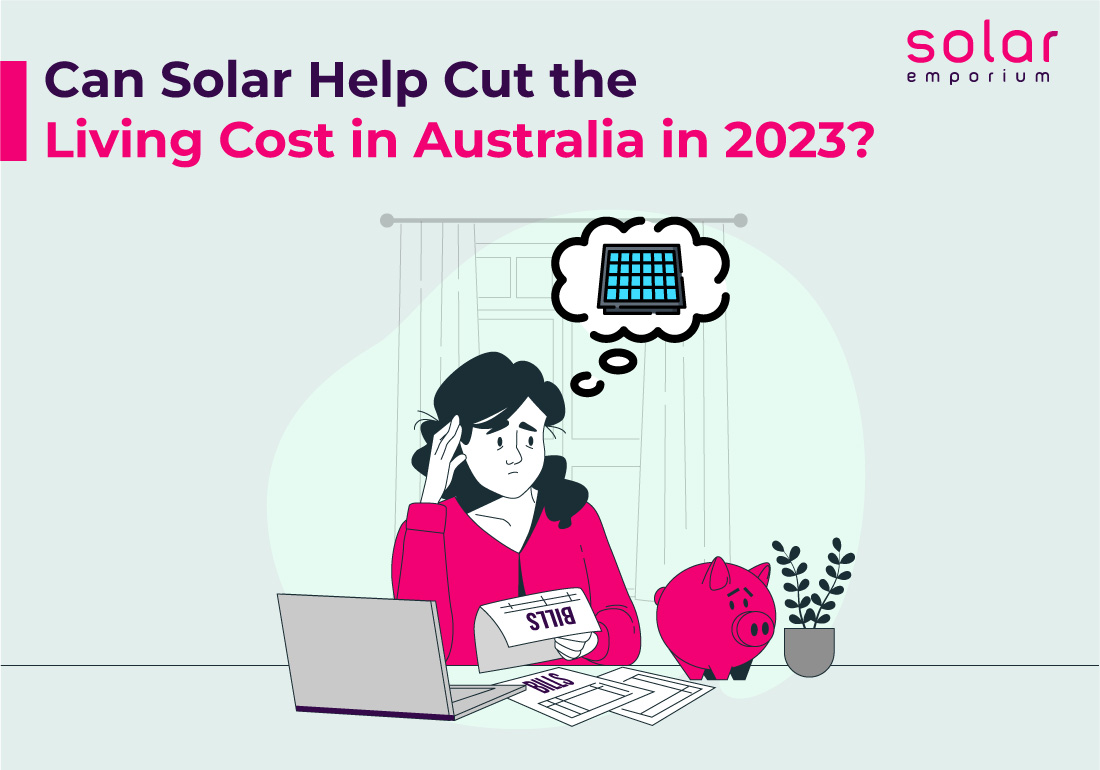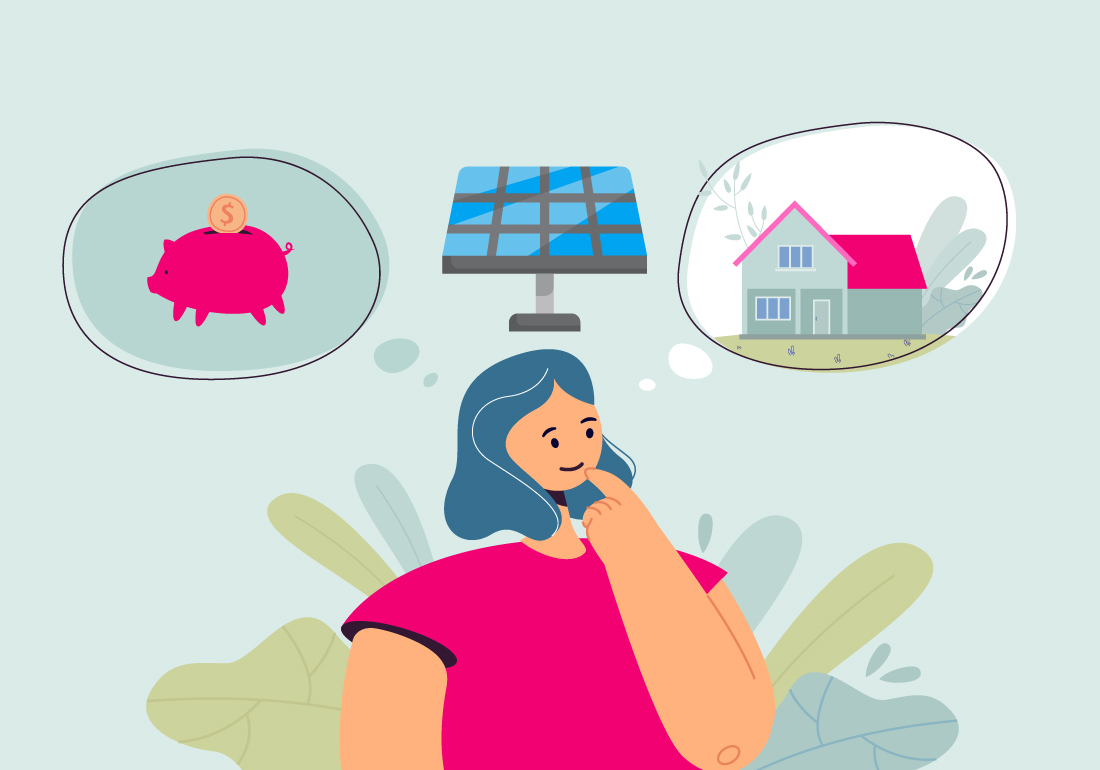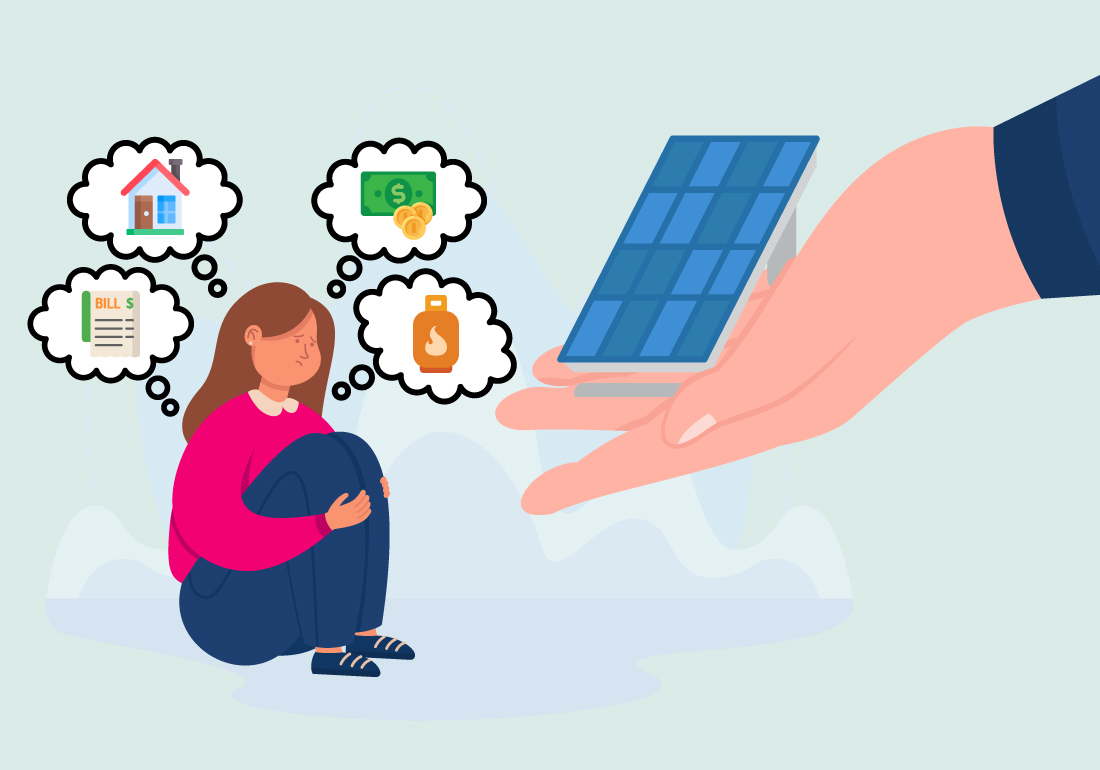In recent years, the adoption of solar power has gained tremendous popularity, and for good reason. Australia’s weather gives access to many solar-powered gadgets to be available.
These are environmentally friendly and cost-effective. Solar energy offers a sustainable solution for powering our homes while reducing our carbon footprint.
Today we will explore some amazing solar-powered gadgets for your home. You can incorporate these solar devices into your home in Australia.
From solar panels to solar-powered lights and appliances, we will get into the benefits of these gadgets. And how they can enhance your lifestyle while positively impacting the environment.
Solar Panels
Solar panels are in the front row of amazing solar-powered gadgets. Many technologically advanced panels are taking over the renewable market. As a result, solar panels are getting more amazing as solar-powered gadgets.
Installing solar panels on your rooftop can significantly reduce your reliance on traditional energy sources, ultimately reducing your electricity bills. Solar panels are an excellent investment for homeowners in Australia.
These panels convert sunlight into electricity, which can power your home’s appliances and reduce your reliance on the grid. With technological advancements, solar panels have become more efficient and affordable, making them a viable option for homeowners.
Solar-Powered Water Heaters
Heating water is a major contributor to energy consumption in many households. Solar-powered water heaters use sun energy to heat water. And offers an energy-efficient and cost-effective alternative to traditional water heaters.
Solar water heaters are an excellent investment for Australian homeowners, as they can significantly reduce energy consumption and lower utility bills. These systems use solar energy to heat water for domestic use, such as showers, laundry, and dishwashing.
Solar water heaters can be integrated into existing water heating systems or installed as standalone units. They are environmentally friendly, as they reduce greenhouse gas emissions associated with traditional water heating methods.
Moreover, many Australian states offer incentives and rebates for installing solar water heaters, making them even more cost-effective. Check out our energy-efficient heat pump to heat water.
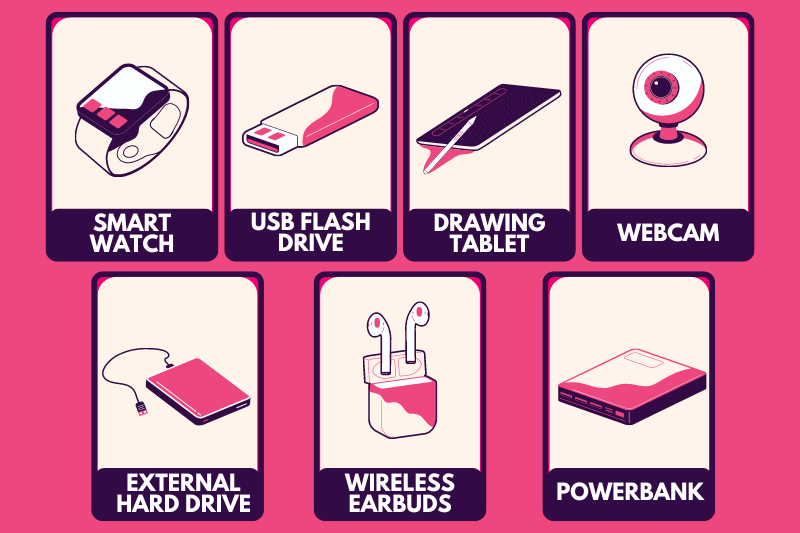
Solar-Powered Lights
Solar-powered lights are a fantastic addition to any home, providing functionality and aesthetics. These lights use solar energy to charge during the day and illuminate your outdoor spaces at night. Various options suit your needs, from gardens to pathways and security lights.
Solar-powered outdoor lights are a practical and aesthetically pleasing addition to any home in Australia. These lights harness sunlight during the day and use stored energy to illuminate your outdoor spaces at night.
With no wiring required, they are easy to install and require minimal maintenance. Solar-powered outdoor lights enhance the ambience of your garden or patio and provide an added layer of security.
Solar-Powered Air Conditioners
Air conditioning is essential in Australia’s hot climate but can significantly increase energy consumption. Solar-powered air conditioners offer a sustainable and cost-effective solution.
These units utilise solar energy to power the air conditioning system, reducing your reliance on the electrical grid and decreasing energy bills. Solar-powered air conditioners are an excellent investment, particularly for regions with extended periods of sunshine.
Solar-Powered Chargers
In our increasingly mobile world, charging devices on the go is an utmost necessity. Solar-powered chargers give you the sun’s power to charge your smartphones, tablets, and other portable electronic devices.
These compact and mobile gadgets are perfect for outdoor enthusiasts, travellers, and anyone looking to stay connected without relying on traditional power sources.
Solar-Powered Generators
Say goodbye to traditional petrol or diesel generators. Clean and environmentally friendly, solar-powered generators offer a reliable solution for powering various home appliances, including lights, televisions, laptops, and refrigerators.
These generators are also known as portable power stations. It is a generator that relies on a rechargeable battery for power. Portable power stations offer various appealing features, including USB charging ports, a DC carport, and AC outlets.
Installing a Power Station allows you to charge your smartphones and devices and power other electrical appliances like mini coolers, coffee makers, and electric grills. These are particularly beneficial during power outages and are also portable, making them convenient for travel.

Solar-Powered LED Lamps
When venturing out in the dark, ensure your safety and visibility with solar-powered LED lights/lamps. These portable lamps can be charged using solar energy and provide ample light for up to eight hours after just two hours of charging under optimal conditions.
Solar Backpack
Concerned about charging your devices while off the grid? Invest in a solar backpack equipped with a detachable solar pocket. This solar-charged backpack, such as the one offered by Voltaic, allows you to charge all your handheld gadgets when other power sources are unavailable.
Solar-Powered Bluetooth Speakers
Enjoy uninterrupted music wherever you go with solar-powered Bluetooth speakers. Just five hours of charging in the sun will provide you with a night-long festivity, and they can even set your smartphone via the USB port. These portable, water-resistant speakers offer an electricity-free solution for unlimited fun
Solar Wireless Keyboard
The Logitech K750 solar wireless keyboard offers a unique feature—it can be charged by the sun and continue running for three months, even without light. Compact and wireless, it only needs to be connected to a USB port and is compatible with all popular computer formats.
Opting for solar-powered gadgets undoubtedly allows us to contribute to controlling global warming and promoting a safer Earth.
Solar Shower
A solar shower is a highly efficient solar device that converts solar energy into heat to warm water for bathing. Not only does it provide a comfortable bathing experience, but it is also environmentally friendly, causing no harm to the environment during use. Invest in a solar shower today for a safe bathing experience.
Solar LED Camping Lantern
The solar LED camping lantern can provide up to 16 hours of light before needing a full recharge. Many of these solar-powered camping lanterns come equipped with Bluetooth speakers and charging ports, allowing you to keep your smartphone charged while camping.
Moreover, these LED lanterns often offer up to 8 colour modes, which can be used for decoration. They can also be a reliable backup during blackouts or outdoor gatherings.
Solar Power Bank
A solar power bank is a powerful gadget that fully uses solar energy to charge your smartphones and tablets. It is portable, an ideal companion for trips, and is commonly used for charging phones during camping trips and outdoor gatherings.

Solar Smartwatch
A solar smartwatch is a technologically advanced timepiece that recharges using solar energy. With a durable outer casing of strong fiber-reinforced polymer, this smartwatch can operate for up to 24 days when fully charged.
The solar smartwatch offers various features, including sleep monitoring, waypoints, heart rate monitoring, compass, barometer, altimeter, dual-format GPS, and built-in applications for specific sports.
Solar-powered gadgets offer a sustainable and cost-effective solution for homeowners in Australia. These gadgets use the sun’s power to reduce energy consumption and lower utility bills.
By investing in solar-powered gadgets, you contribute to a greener future and enjoy long-term savings.
So what are the benefits of solar-powered gadgets? Solar-powered gadgets have numerous advantages, making them appealing to those who care about the environment.
Key Benefits of Solar-Powered Gadgets
- Renewable and Sustainable Energy: Solar-powered gadgets utilize the sun’s energy, an abundant and renewable source. Unlike finite fossil fuels contributing to climate change, solar energy is sustainable and can be harnessed indefinitely. Solar power can reduce our dependence on non-renewable energy sources and work towards a cleaner and more sustainable future.
- Environmentally Friendly: Solar-powered gadgets produce clean energy without emitting greenhouse gases or pollutants. It helps reduce our carbon footprint and mitigate the harmful effects of conventional energy generation. Solar power contributes to combating climate change, air pollution, and water pollution, leading to a healthier and greener planet.
Cost Savings: Although the initial investment in solar-powered gadgets may be higher, they provide long-term cost savings. Once installed, these devices generate free electricity, reducing or eliminating the need for traditional energy sources.
You can offset your electricity bills and protect yourself from rising energy costs by producing your own energy. Over time, the savings can outweigh the initial investment, making solar-powered gadgets a financially wise choice.
- Energy Independence: Solar-powered gadgets offer energy independence by providing off-grid capabilities. It is particularly advantageous in remote areas or during power outages. With solar power, you are not reliant on a centralised power grid, ensuring a continuous power supply. This independence gives you peace of mind and the ability to operate essential devices and appliances even when traditional power sources are unavailable.
- Low Maintenance: Solar-powered gadgets generally require minimal upkeep. For example, solar panels have no moving parts and can last decades with proper care. Solar-powered gadgets like lights or chargers are also easy to maintain, typically requiring occasional cleaning or battery replacement. This simplicity and low maintenance contribute to their long-term cost-effectiveness.
Versatility and Portability: Solar-powered gadgets come in various forms and sizes, offering versatility and portability. They can be used in different settings, from portable solar chargers and power banks to outdoor lights and speakers. These gadgets provide convenience and flexibility whether camping, travelling, or using them daily.
Incorporating solar-powered gadgets into your home in Australia reduces your carbon footprint and offers numerous economic benefits.
So, why not use the sun’s energy and make your home more eco-friendly and efficient with these amazing solar-powered gadgets?
Embrace the power of solar energy and transform your home into an eco-friendly house. Explore the wide range of solar-powered gadgets available in the market and take a step towards a more sustainable lifestyle in Australia.
